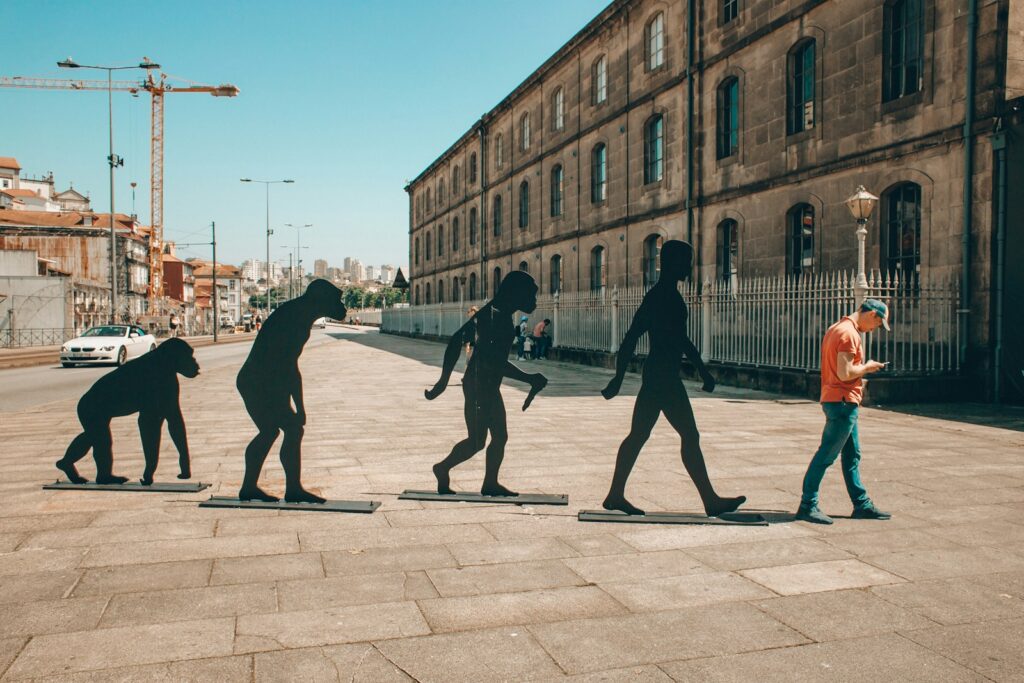
Evolution, across billions of years, acts as a masterful tinkerer, crafting complex survival mechanisms. Yet, the human body holds physiological relics—features that seem dysfunctional, odd, or whose purpose baffles science. These anatomical paradoxes, with little modern function or mysterious origins, reveal evolution’s imperfect, sometimes arbitrary path. While science has mapped humanity’s journey from single-celled organisms to complex beings, explaining every trait’s “why” remains a challenge. Here, we examine these enigmatic features, their puzzles, and what they teach us about natural selection.
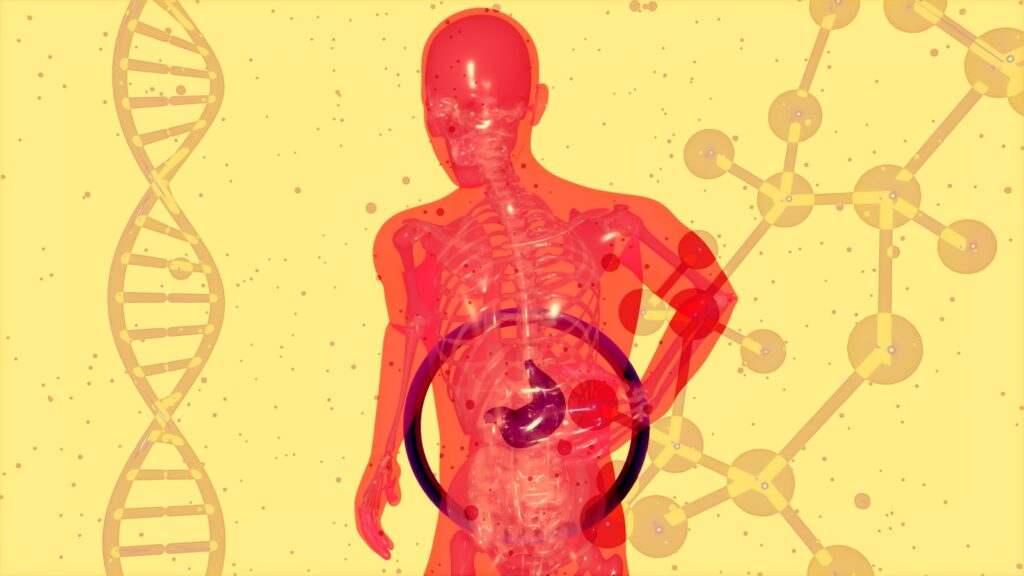
Vestiges of Digestive Evolution
The appendix, attached to the large intestine, has long been seen as an evolutionary leftover. Charles Darwin theorized it was a remnant from ancestors who ate mostly foliage, requiring a larger cecum to digest cellulose. Modern studies suggest it might shelter beneficial gut bacteria, aiding in repopulating microbiota after severe illness. Even so, removing it has no long-term health impact, leaving its persistence a mystery.
Wisdom teeth, the third set of molars emerging in early adulthood, present another riddle. Our primate forebears, with larger jaws, used them for tough, raw diets. As Homo sapiens evolved and adopted cooking, jaws shrank. Now, these molars often lack space, leading to impaction, pain, and surgical removal—showing evolution lagging behind dietary shifts.
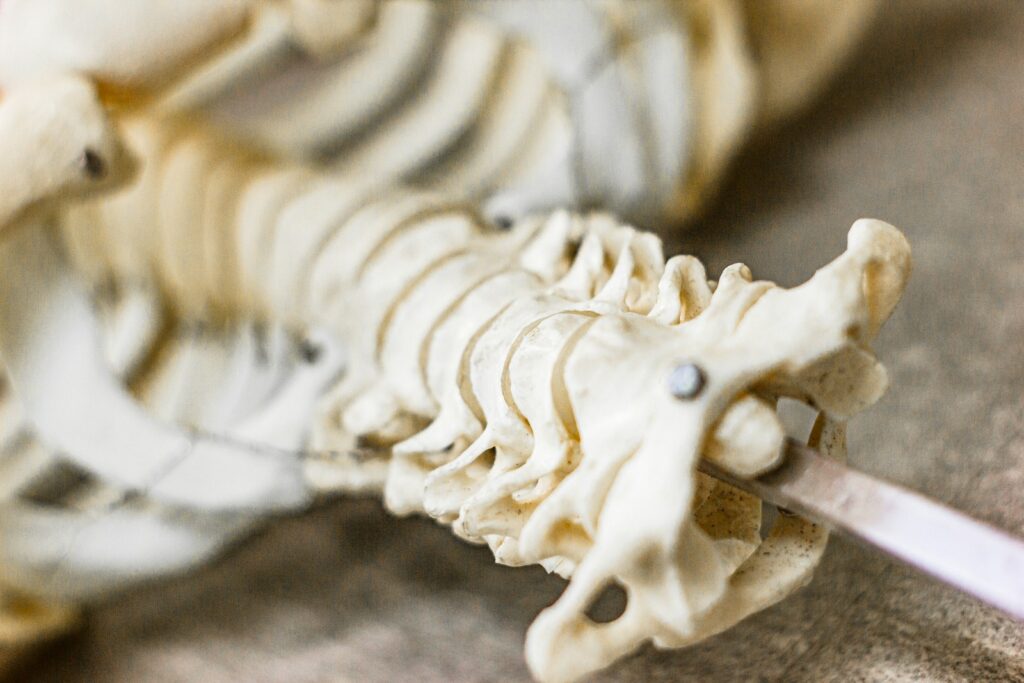
Skeletal Echoes of Our Past
The coccyx, or tailbone, is a clear link to primate ancestors. This small triangular bone at the spine’s base is a vestige of the elongated tails ancient forebears once had. Modern humans lack visible tails, but the coccyx persists, anchoring a few muscles and ligaments, and supporting erect sitting. Its past role as tail support is gone, though some babies are born with vestigial tails, a reminder of our tailed history.
Compared to furred primates, humans are relatively bald, yet grow hair in specific areas—armpits, pubic regions, faces. This scattered distribution offers little insulation today, but scientists hypothesize it once aided thermoregulation or pheromone detection. Now, its function is largely aesthetic, underscored by the popularity of laser hair removal.
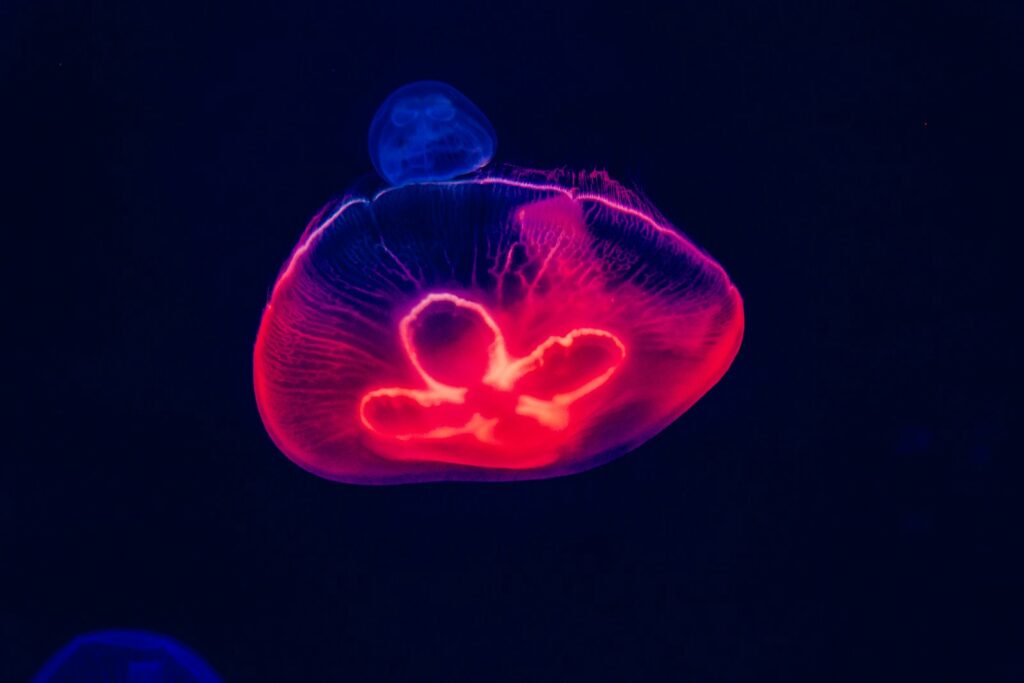
Subtle Anatomical Curiosities
Darwin’s tubercle, a small thickened lump on the outer ear’s upper rim, appears in a minority of people. Named for Charles Darwin, it is thought a vestige from monkey ancestors with movable, pointy ears—useful for directional hearing in hunting or evasion. In humans, it serves no known purpose, and we’ve lost significant ear mobility. Its random appearance—on one ear, both, or none—adds to its intrigue.
Male nipples exist despite no reproductive function. In early embryonic development, all embryos follow an identical blueprint before sexual differentiation. Nipples form at this undifferentiated stage, before sex is determined, so both sexes develop them by default. Since they harm no survival or reproductive ability, evolution has not eliminated them—harmless reminders of shared developmental origins.

Redundant Muscles and Sensory Remnants
The palmaris longus muscle, a thin strand from elbow to palm, varies in presence: 10-15% of people lack it with no impact on hand strength or function. It was critical for tree-dwelling ancestors needing strong grips for climbing. Today, it is nonessential, often harvested for reconstructive surgery without impairing daily activities—highlighting its vestigial nature.
Sinuses, air-filled pockets around the nose, cheeks, and forehead, spark debate. Theories suggest they lighten the skull, enhance vocal resonance, or humidify air, but none is definitive. They often cause issues—clogging, inflammation, pain—seeming more a nuisance than a benefit, their past advantages possibly irrelevant now.
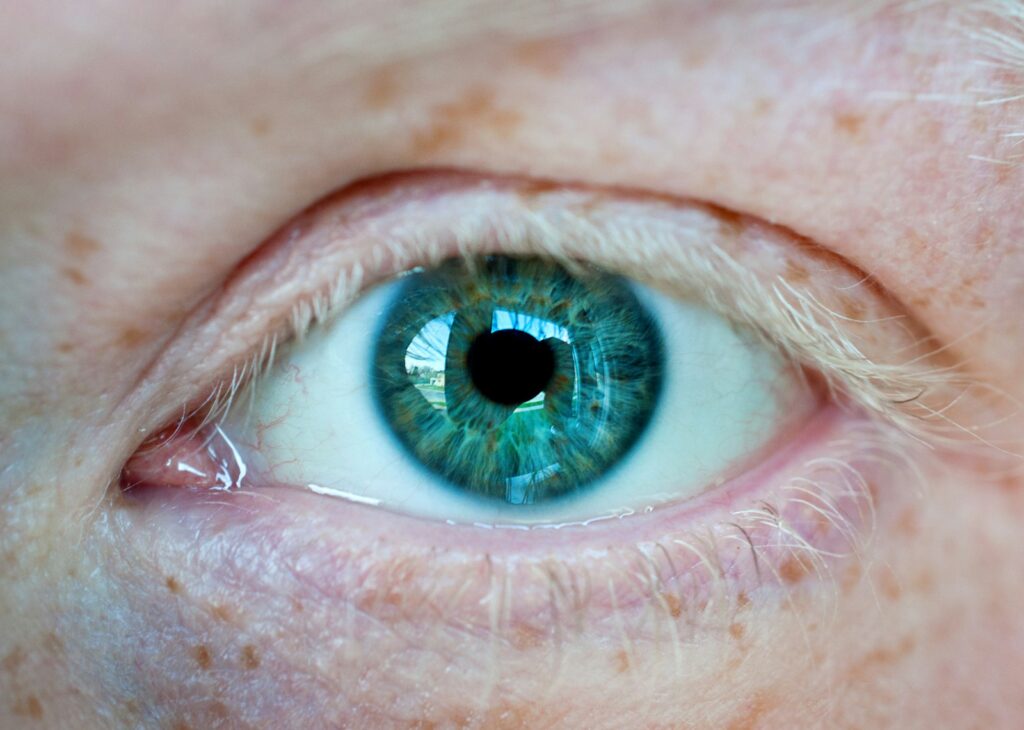
More Vestiges of Evolutionary History
The plica semilunaris, a small pink fold in the eye’s inner corner, is a remnant of the nictitating membrane, or third eyelid. In birds and reptiles, this transparent membrane clears debris while allowing vision. In humans, it has lost mobility and function, a nonfunctional trace of a once-critical adaptation.
Tonsils, lymphoid tissue at the throat’s back, were thought key to the immune system, intercepting airborne pathogens. Yet, they often become infected, leading to discomfort and removal. Many undergo tonsillectomies with no long-term health issues, raising questions about their persistence.

Reflexes and Sensory Shadows
Arrector pili muscles, at hair follicle bases, cause goosebumps by making hairs stand. In furred mammals, this traps insulating air or makes them look larger to predators. In relatively hairless humans, the reflex persists but offers little insulation or intimidation—dormant machinery from a furrier past.
The vomeronasal organ (VNO) in the nasal cavity is a puzzle. In snakes and mammals, it senses pheromones for mating and social cues. Human VNO lacks brain connections for chemosensory function, likely vestigial. Its purpose remains unclear, present in form but functionally inert.
Unique and Unresolved Features
The human chin, a bony projection under the lower lip, is unique—no other mammal has it. Theories suggest roles in speech, chewing, or as a byproduct of facial changes, but no consensus exists. It may be an evolutionary byproduct, or “spandrel,” a consequence of other shifts like facial retraction.
Primate testicle size, especially humans’, is studied but perplexing. Human testicles are moderate—smaller than chimpanzees’ (adapted for sperm competition in promiscuous groups) but larger than gorillas’ (in harem systems with no sperm competition). This positioning reflects how mating behaviors and social structures shape anatomy.
These traits are more than trivia—windows into our past. The coccyx, goosebumps, and others remind us evolution is not perfect. Some traits may fade over time; others persist as they pose no harm. Advances in genetics and paleontology, like reevaluating the appendix’s immune role, show understanding evolves. These features reveal the nuanced, imperfect journey of human development, linking us to life’s shared history on Earth.




